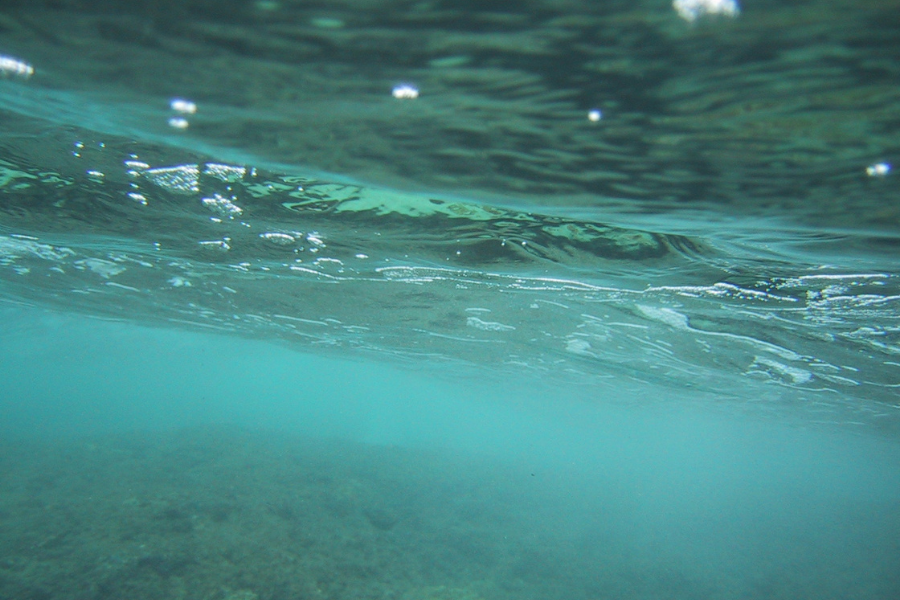
The ICOS Ocean Thematic Centre (OTC) will participate in the G7 Future of the Seas and Oceans Initiative (FSOI) via a Surface Ocean CO2 Monitoring Network to help tackle climate crisis in the ocean and above.
The ocean currently removes 25–30% of the carbon dioxide (CO2) emitted to the atmosphere by human activities. By measuring dissolved CO2 partial pressure in surface of the ocean, scientists can calculate how much the ocean takes in CO2 from the atmosphere in different regions as well as globally.
Climate and ocean crises require fast response and knowledge-based decision making. Global monitoring of CO2 in ocean surface does not only enable altering of greenhouse gas emission pathways but it is also needed to accurately monitor the ongoing decrease in the pH value of the Earth's oceans caused by the uptake of CO2 from the atmosphere (ocean acidification), as well as its negative impacts on marine biodiversity, climate, and food security.
The G7 Future of the Seas and Oceans Initiative outlines major actions to be taken forward to enhance global ocean observations. The ICOS OTC will participate in the initiative through a Surface Ocean CO2 Monitoring Network to help to create a global surface monitoring CO2 network. Experts in the OTC will especially support the Global Ocean Observing System (GOOS) Biogeochemistry Panel and other international and G7 Member ocean carbon programmes. The G7 is an informal grouping of seven of the world's advanced economies: the European Union, Canada, France, Germany, Italy, Japan, the United Kingdom, and the United States.
“Ocean’s ability to absorb more carbon from the atmosphere than it releases is changing in ways that we do not fully understand. Whatever happens to this ability will affect the rate of climate change in the future, as well as the scale of mitigation measures we need to put in place. Having robust, efficient and responsive measurements to understand how much ocean absorbs carbon and report it to policy makers in near real time will reduce uncertainty in the mitigation measures we need and save us money in the long term. We are delighted be working with international partners to help bring this vision into a reality", says ICOS OTC Director Dr Richard Sanders.
The Surface Ocean CO2 Monitoring Network will catalyse and facilitate the development of an internationally-agreed strategy for monitoring surface ocean CO2 globally, building on existing observing programmes, data management structures, and coordination bodies. The network aims to be capable of responding to the needs of global and regional policy drivers including the United Nations Framework Convention on Climate Change (UNFCCC) Global Stocktake, to help achieve the target of the Paris Agreement to limit global warming to well below 2°C and pursue efforts to limit it to 1.5°C.
Read more about a Surface Ocean CO2 Monitoring Network and its strategy